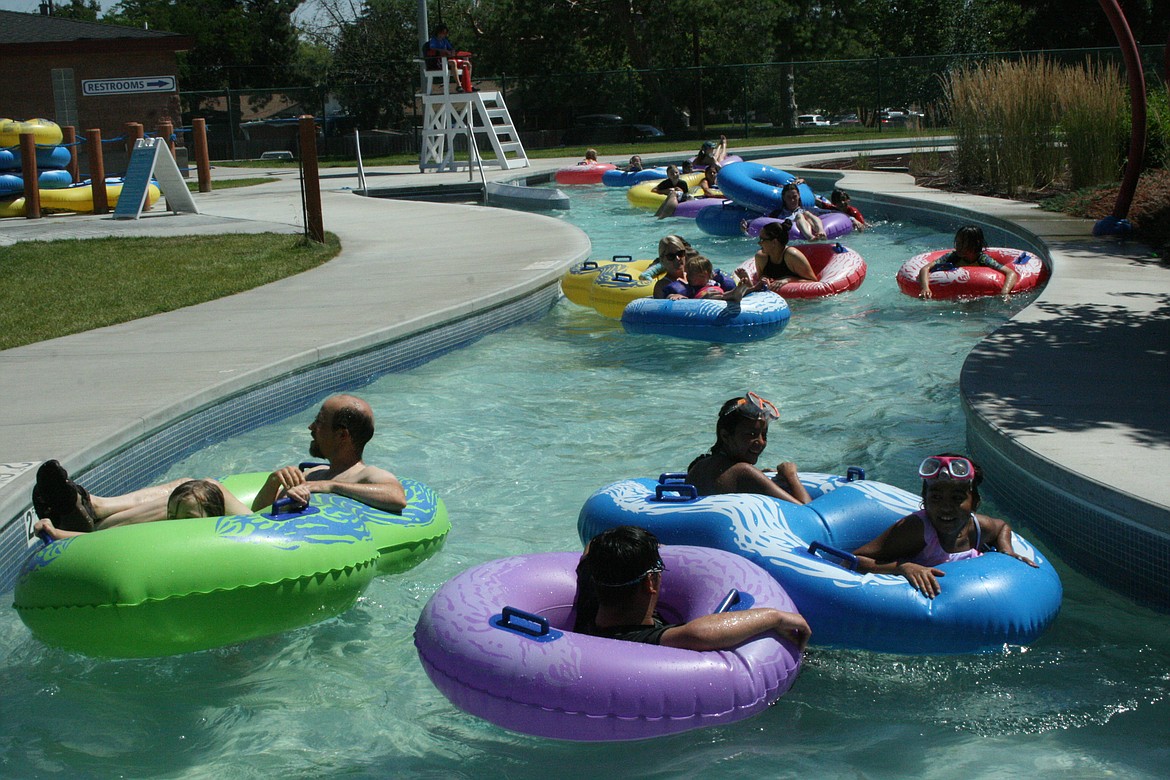‘We are looking at the potential for record heat’
MOSES LAKE — It being July and North Central Washington being desert country, it’s to be expected that it’s going to be hot sooner or later. And it will be hot, darned hot, although temperatures are forecast to moderate at least a little bit by the weekend.
Become a Subscriber!
You have read all of your free articles this month. Select a plan below to start your subscription today.
Already a subscriber? Login






